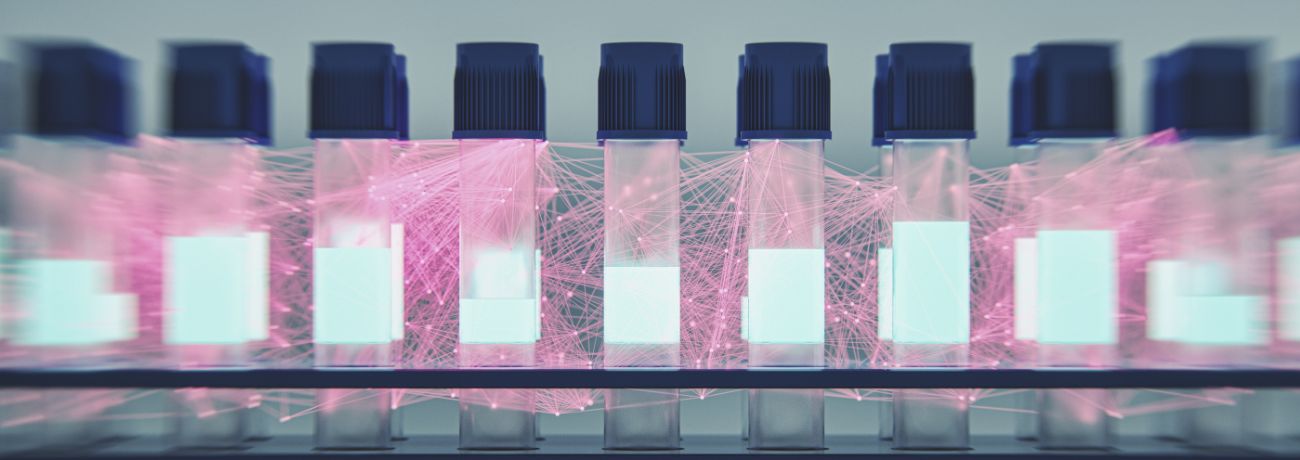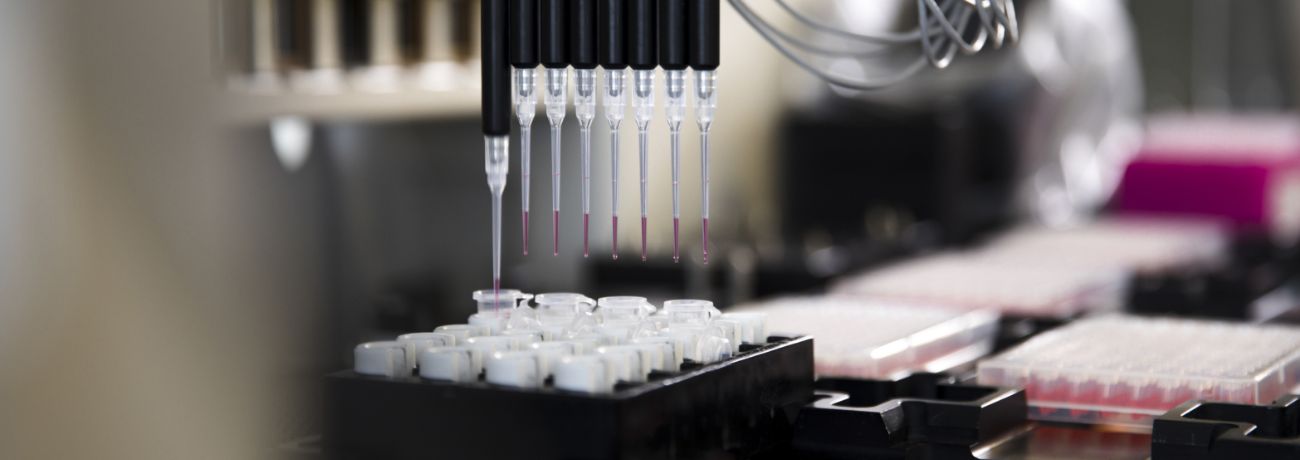At Marchesini Group Beauty, Industry 4.0 machinery, enhanced with integrated AI-based software, is fundamentally “not only for product quality control but also for combating counterfeiting,” explains Lorenzo Gatti, that company’s Sales Director. The parent company of Marchesini Group Beauty—Marchesini Group—designs and manufactures machines and lines for both the pharmaceutical and cosmetic industry, and finds this dual specialty advantageous for beauty makers. “The cosmetics and pharmaceutical industries have been steadily converging in recent years,” observes Gatti, noting also that “cosmetic products increasingly favor natural ingredients, which require careful handling and rigorous quality control.” “Added to this,” he says, “is the need for full supply chain traceability and compliance with ever-stricter regulations that demand adherence to international standards. In this context, the strength of our Group, thanks to 50 years of pharmaceutical expertise, lies in our ability to deliver high-performance machines that ensure product quality [reliably] in the cosmetics sector.”
The company’s in-house development of “robotic islands, capable of handling various applications” result in systems that “offer high flexibility in positioning different products inside cartons or in palletizing operations,” explains Gatti, adding that “the advantage of producing our robots internally lies not only in the ability to create tailor-made solutions when needed, but also in acting as a single point of contact, ensuring fast, customized responses based on specific needs.”
It's important to understand that the company’s beauty division is, however, much more than simply the redeployment of Marchesini Group machinery and robotics. As Gatti reminds me, “the cosmetic division includes several Italian brands that have become part of the Group over the years: Axomatic, which manufactures processing machines and fillers; Cosmatic, specialized in lipstick and lip balm production; Dumek for processing solutions; and V2 Engineering, which produces a wide range of solutions for secondary packaging. Finally, Rejves Machinery Srl, a brand specialized in the construction of filling and capping machines, and Vibrotech, a company that manufactures feeding and orienting systems used in automated industrial processes, complete the offer.”
Like Marchesini, many machinery companies bring valuable cross-industry experience to cosmetics, personal care, and fragrance manufacturers. While others focus exclusively on beauty and see this as a point of distinction.
“The main advantage of specializing in the cosmetic sector is our ability to develop machines that truly respond to the unique needs of this industry,” says Filiberto Cacciari, Head of Customer Service and Marketing at Citus Kalix and ADMV. These unique needs, he tells me, include “precision, delicate product handling, and premium packaging quality.” And he notes that “this [cosmetic sector] focus allows us to refine our technologies to address specific challenges, from filling highly viscous formulations to protecting fragile cartons for luxury goods.”
Stefania Chen, Supervisor of the Italian division of Taiwan-based Wish-Tech also believes that “focusing on machinery for the cosmetics industry gives [equipment makers] some clear advantages.” “Specialization,” she says, “allows us to develop very deep expertise—we understand the specific needs, challenges, and regulations of this sector, which means we can design solutions that are truly tailored for cosmetic manufacturers.” To illustrate how Wish-Tech, in particular, leverages Industry 4.0 automation technologies to address key challenges in the cosmetic industry, Chen gives the example of “pressed powders such as face powders, eyeshadows, and blushes [that] must meet very high standards of consistency, texture, and appearance.”
“Traditionally, this process was,” from her perspective, “labor-intensive and difficult to scale without compromising quality.” But the company solved for this with automation: “by combining precision control, high-speed operation, and consistent pressure application,” says Chen, “every product has the same smooth finish and reliable quality. At the same time, automation greatly increases efficiency and production capacity, while reducing reliance on manual labor.” “In addition, the [fully automatic powder press] machine is designed with safety and ease of operation in mind, allowing manufacturers to maintain a high level of productivity without sacrificing operator well-being.” she says. And she tells me that beauty makers of various sizes are bringing these automated technologies into their facilities: “Our fully automatic powder press machines have been extremely successful, with more than 500 units sold worldwide. Large-scale manufacturers value them for their efficiency and consistency, which allow high output while ensuring uniform quality. Meanwhile, our semi-automatic models are especially popular with small and mid-sized producers, as they offer flexibility and cost-effectiveness without sacrificing precision.”
In keeping with the spirit of Industry 4.0, the company continues to advance this technology and “will be showcasing a new innovation developed in collaboration [with] Yuhao: the Electric Rotary Powder Press Machine,” at Cosmopack 2026. This machine, Chen tells me, “represents the next step in advanced cosmetic manufacturing technology,” and is more efficient, more precise, and more consistent than the previous versions.
When there is an opportunity to align with customer priorities and operational use, Citus Kalix is also bringing Industry 4.0 technologies to beauty makers. Cacciari shares this example of how the company enhanced one of their most in-demand machines with robotics modules: “the KX Robot Feeder is compatible with our tube filling machines. It functions as an automated tube loader, offering 3 to 6 box autonomy. This solution significantly improves production autonomy, while remaining ergonomic and user-friendly for operators,” he says, adding that “robotics help us optimize efficiency, reduce manual workload, and improve consistency across production cycles.”
And the KX Range of tube filling machines that this robotic feeder pairs to are quite popular with beauty makers for being “highly flexible and user-friendly, designed for fast changeovers, ergonomic valve blocks, and tool-free dismantling.” Cacciari also notes that these filling machines are quite adaptable, able to “handle all tube types available on the market.”

